This week we were between projects and so had time to visit historic sites in Delhi. The first place we visited was Humayun’s Tomb. The complex is an expansive Mughal garden tomb and was quite peaceful even with other people around. It was built from 1565-1572 for the second Mughal emperor, Humayun, and was the inspiration for several later monuments including the Taj Mahal. There are over 150 family members laid to rest here. It was commissioned by his senior widow, Haji Begum.
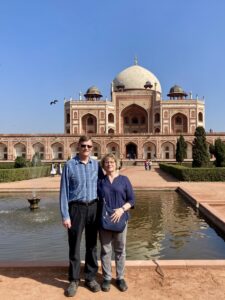
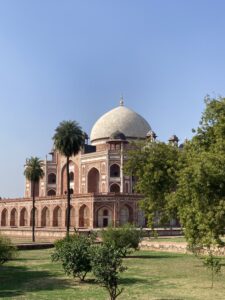
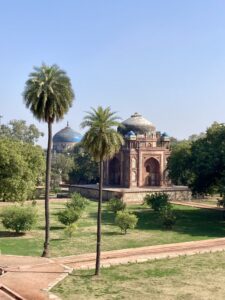
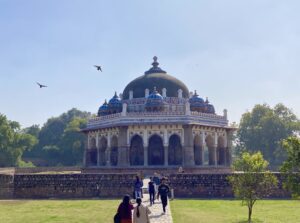
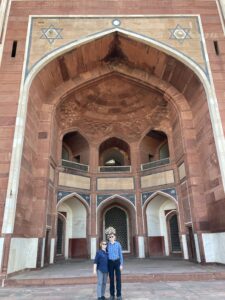
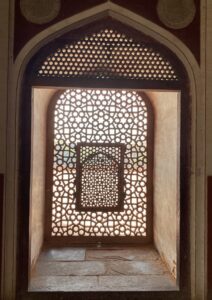
In India the Mughals used red sandstone for their buildings because it represents the color of the royal tent. It contrasts beautifully with the white marble dome and lime-plastered arches. It is ornamented with the six-sided star. This is not only found on Islamic buildings but on Judaic, Christian and Hindu buildings as well. The delicate carvings are found throughout the buildings here and in the other places we visited this week.
We also went to The Deer Park and found a tomb and mosque there as well. It was fun to be in nature even though the deer were in an enclosure. Besides deer we also saw large bats hanging around, a mongoose scurrying along, monkeys scaring tourists and as always lots of stray dogs basking in the sun. Hauz-Khaz fort is part of a complex that was one of the first cities of Delhi known as Siri and included the lake/reservoir that is now part of Deer Park. The buildings later became a college for theological training.
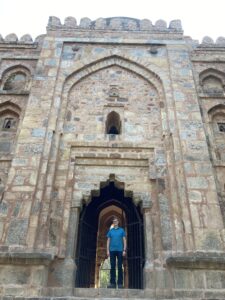
Bagh-I-Alam Ka Gumbad
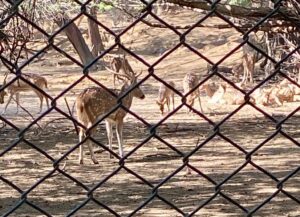
Our final cultural adventure was to the Qutub complex on Saturday night with a group of Indian people that do a monthly tour. We enjoyed the dramatic night lighting even though we did miss some of the detail that would have been visible in the daylight.
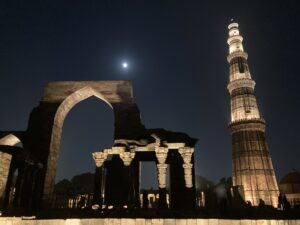
The tower, built by Qutbuddin Aibak in the late 12th century, is 240 feet tall and a monument to Islamic victory over Delhi’s last Hindu kingdom. A later ruler wanting to outdo his predecessor didn’t get very far before running out of funds but it is interesting to see what the other tower looks like under the beautifully carved facade.
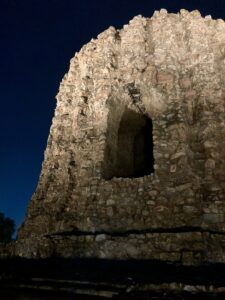
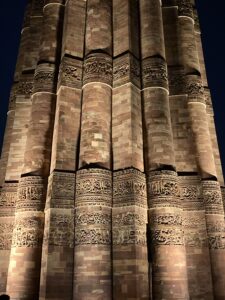
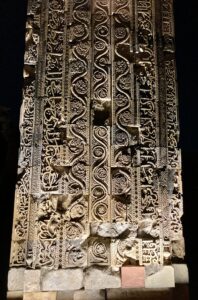
I had fun taking photos of the ceilings of the various domes. Similar but each is unique.

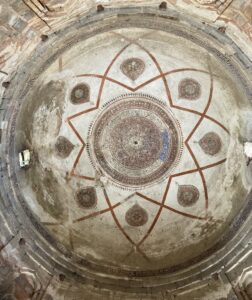
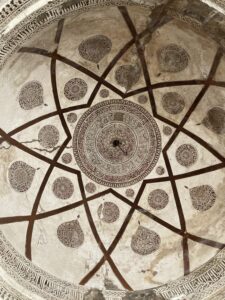
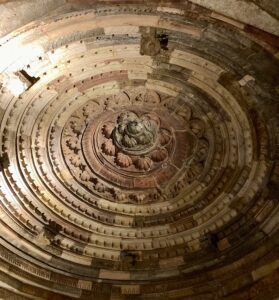
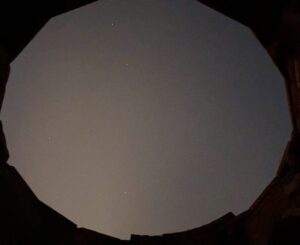
One thing that came to mind after visiting these various places was that each of us has the opportunity to leave our mark in the world. Although these buildings were amazing I hope that my mark can be less ostentatious and more positively profound for individuals. I am anxious to do more than we currently are in serving the people of India. The wheels turn slowly as we coordinate the various aspects of our projects–government cooperation, project proposals and approvals, procurement, and vendor vetting to name a few. God is in the details of our lives and although I saw some beautiful dome ceilings, the collapsed dome was impressive as it was opened to the heavens and reminded me that nothing man can do is as great as what God can do with us as we strive to do His work.

Leave a Reply